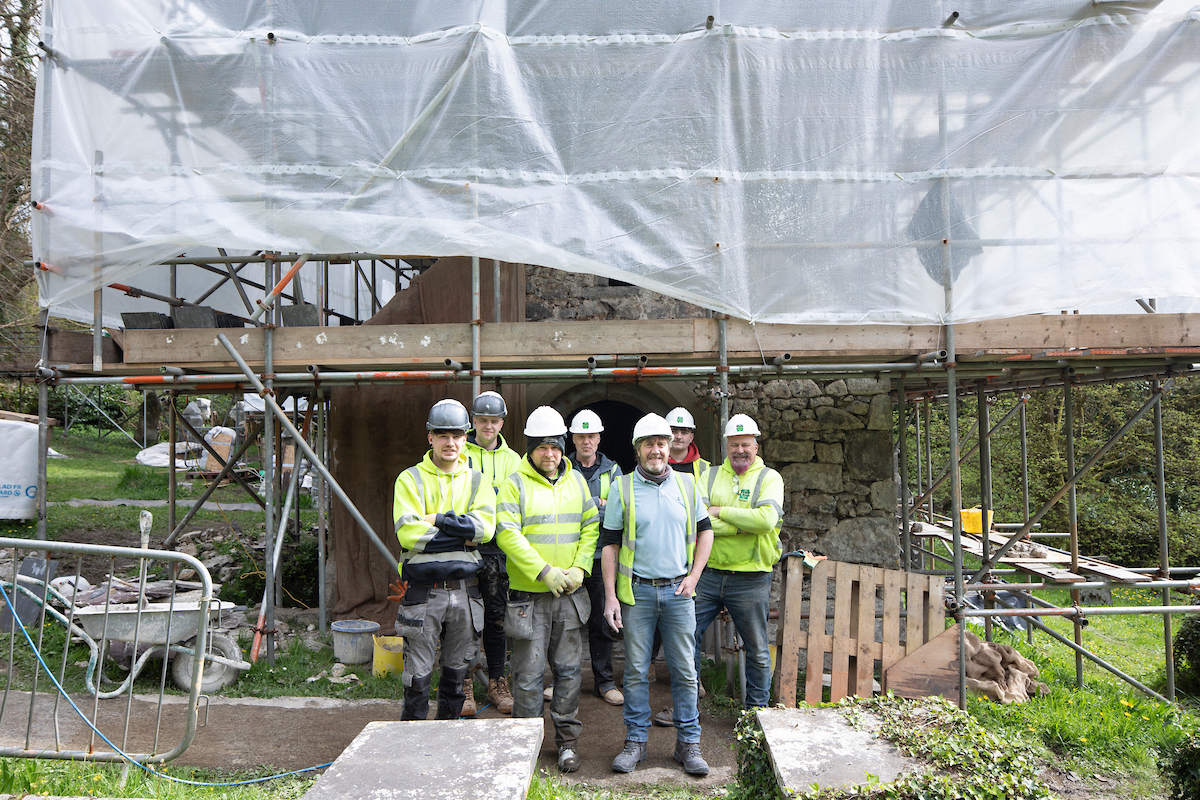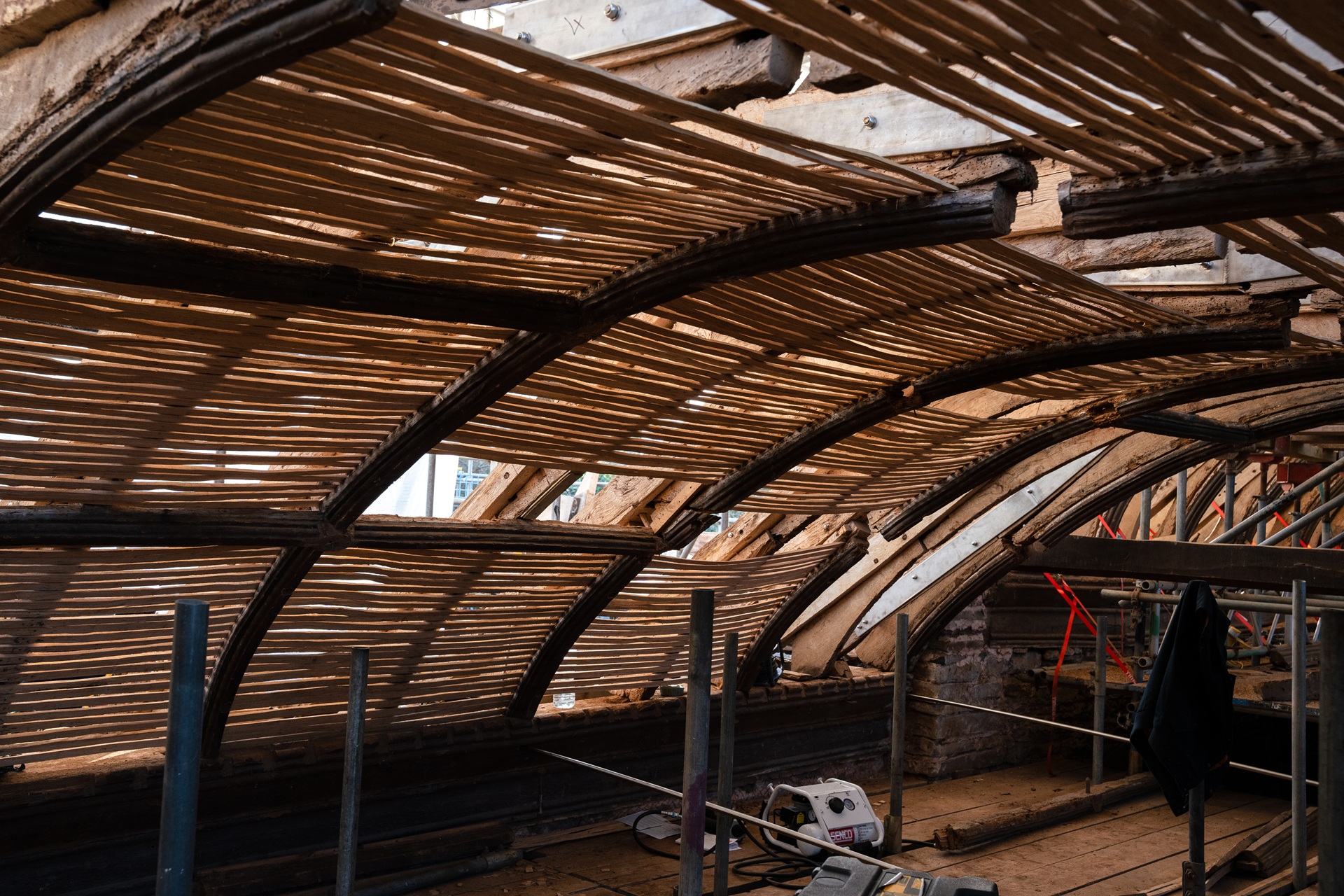
Published: 24/01/2025
Updated: 27/01/2025
The Listed Places of Worship Grant Scheme (LPWGS) will continue for one year from March 2025 with a cap of £25,000 per place of worship.
Earlier this week, the future of the LPWGS was debated at Westminster Hall. More than twenty MPs gathered for a lively discussion, which demonstrated the pivotal role the places of worship play — as parish churches, places gathering local community, heritage attractions, spaces for foodbanks, art exhibitions, community groups, and much more.
While we are relieved, to an extent, by the announcement, it is not the outcome we hoped for. In addition to the cap of £25,000 per place of worship, a further cap is imposed: the total available funds are to be limited to £23M. Last year £29M was claimed. While a cliff-edge cut has been avoided, we sincerely hope that the capped continuation for twelve more months will not lead to a fizzle-out of a scheme that has done so much good for more than twenty years. There is currently no indication of what the Government will do after March 2026.
The DCMS based their decision to limit claims to £25,000 on the fact that 94% of claims were under this amount. While this may be the case, we will feel the effects of this cap immediately. With a limit of £25,000 per place of worship our major projects at places like St Andrew’s, South Runcton in Norfolk and the soon-to-start works at St Deiniol’s, Worthenbury in Wrexham will suddenly cost us significantly more than we had expected when we set out to adopt these places.

But of course, it’s not just about us.
More than 866 places of worship [in England alone] are on Historic England’s Heritage at Risk register. The number of places of worship on this register has been increasing for a decade. (Cadw (in Wales) do not publish their buildings at risk register). In 2021, the Church Commissioners estimated between 314 and 368 closures in the next 2 to 5 years (compared to the 20-25 per year reported for the past few decades). The Royal Commission estimates that Wales could lose 70% of its places of worship in the next decade.
Across the UK, donations to churches have been resilient but the numbers are in decline – income has decreased by 14% over the last five years. In England, annual repair costs of listed places of worship are approximately £126m-£138m a year, but there is a national funding gap of between £75m-£86m a year. To this existing deficit, the Government has added a further strain, making it even more difficult for our places of worship to recover from this position.
Against this backdrop, the cap for 2025 and uncertainty in 2026 is a real kick to places of worship, and the people, who are mostly volunteers, that care for them on behalf the nation. Projects can take years to develop – to get permissions, tender contracts, raise money – without long-term certainty it is impossible for these groups to plan.
The effects run even deeper than this. Places of worship offer superb employment and training opportunities. If there is less money available for repairs in the place of worship sector, then this means less employment potential.

It is always a great source of pride for the Friends that we can offer long, substantial contracts and work to local contractors, craftspeople, conservators, ecologists, architects and engineers. We are pleased that the importance of our work was acknowledged in the debate and that our letter to the Secretary of State was quoted.
We first raised this issue back in September of last year, and I know many of our supporters wrote to their MPs making the case for the retention of the scheme. Thank you all so, so much.
Other organisations have been working hard to rally people too, and we believe that over 3,000 letters were sent to MPs and a further 300 to DCMS. This outpouring of support really does go to show that places of worship across Britain are some of our most beloved places, and that lots of people really, deeply care about them and their survival.
So, while the outcome is not ideal, it could have been worse, and at least we now have certainty about the next 12 months, which we can work with. And maybe over the course of 2025, the case can be made for zero-rating VAT on repairs to listed buildings, which currently applies to new builds…